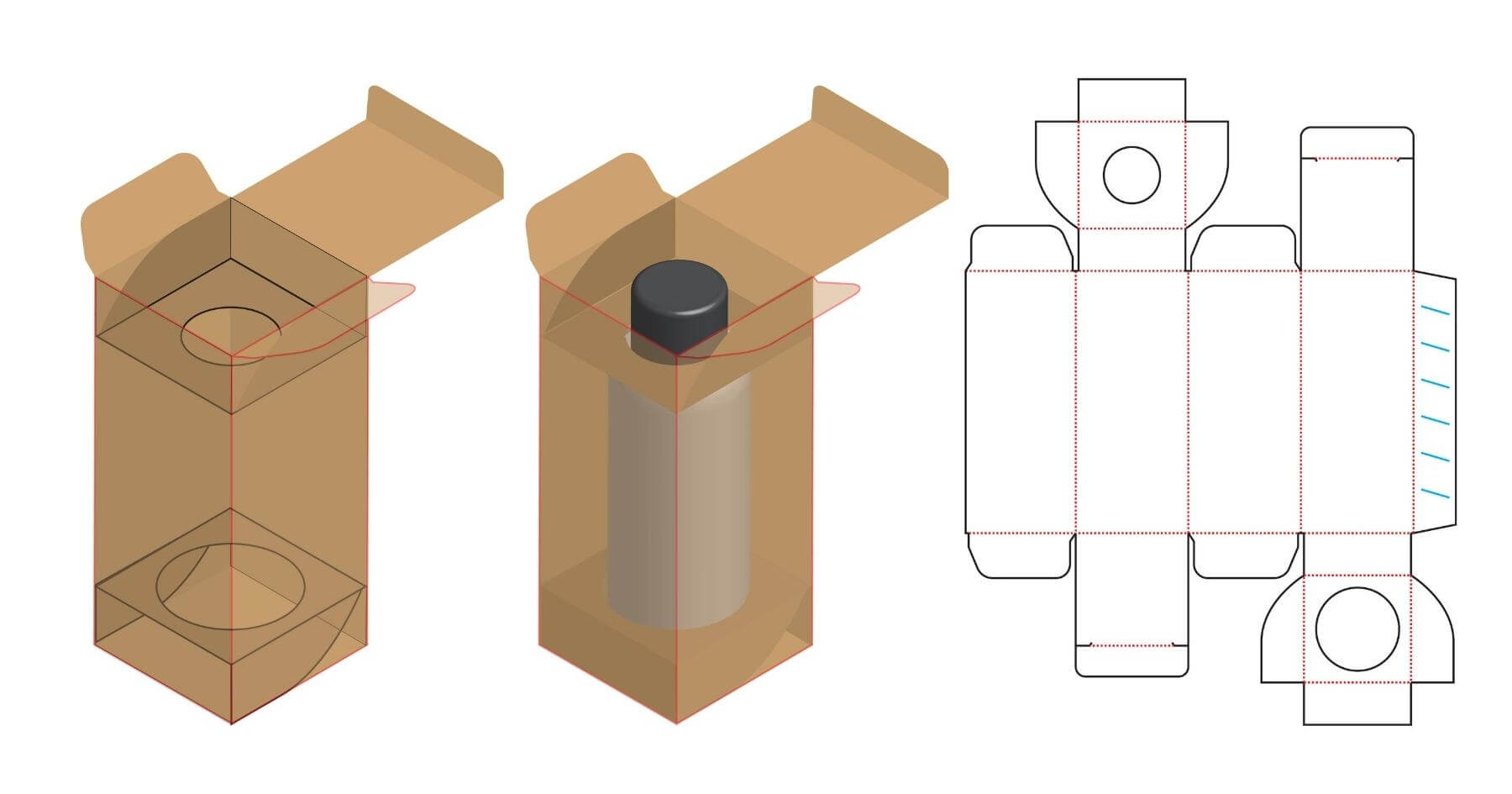Opening a package may not seem like a big deal — until you encounter one that you feel like you need a degree in rocket science to open, that is. Enter Frustration-Free Packaging (FFP).
Wondering what it means when people talk about “Frustration-Free Packaging,” and why it matters so much? Here’s a closer look at everything you should know about FFP.
What Is Frustration-Free Packaging?
In addition to demanding high-quality products and services, today’s discerning customers also have high expectations for all of their interactions with your brand. From a user-friendly website to fast delivery, all of these touchpoints add up to a satisfying customer experience.
One way to quickly detract from that experience? Poor packaging. While opening packages should be a joyful and fun experience, seemingly impenetrable packaging can have the opposite effect, resulting in a phenomenon coined “wrap rage.”
Even worse? Poor packaging can be downright dangerous. In a single year, just under 6,500 Americans visited emergency rooms due to injuries sustained while opening packages.
Less mindful packaging is also a bane for the environment. It uses fewer recyclable materials and larger boxes and takes up more space in delivery trucks and on shelves. It can even lead to longer waiting times between ordering and delivery.
These issues are what drove Amazon to launch its FFP initiative in 2008.
With the slogan of “same product, better packaging,” FFP aims to make it easier for customers to get products out of their packaging. All fulfillment centers and vendors operating on Amazon’s e-commerce platform must meet these product packaging requirements, or Amazon won’t do business with them.
Why Frustration-Free Packaging Matters
While making packages easier to open may have been the driving force behind Amazon’s FFP initiative, it’s far from the only benefit. Other advantages of FFP include the following:
- It’s designed to reduce waste. This right-sized packaging ships without additional Amazon packaging. Because the packaging box is “just right,” there’s no need for extra packaging.
- It’s proven to protect. FFP is lab-tested and certified to minimize damage
- It’s recyclable. FFP is 100 percent curbside recyclable.
- It’s highly ergonomic. FFP is easier to open, and safer too.
- It’s easier on the supply chain. Smaller package sizes
Just how effective has the initiative been? According to Amazon, it’s eliminated more than 900,000 tons of packaging materials and reduced the weight of its outbound packaging by 33 percent since 2015.
Take this Amazon case study on shipping stemware, for example. While stemware is challenging to ship, space-saving, protective packaging can cost less while protecting better and delivering a better consumer experience. Specifically, strategies include right-sized boxing and corrugated cardboard inserts that eliminate the need for bubble wrap and overboxes.
What Frustration-Free Packaging Means for Your Brand
For better or worse, Amazon is the “gold standard” for many customers. Whether you ship through Amazon or on your own, the takeaway is clear for brands looking to keep up: FFP has moved from the realm of nice-to-have to a necessity. Not to mention that the benefits offered by FFP align with many current retail trends.
In addition to helping your business save money across materials, assembly, and shipping, it also saves boxing and unboxing times — both for your customers and for your employees. At a time during which customers are increasingly showing a preference for socially conscious brands, FFP’s sustainability benefits are also advantageous from a brand perspective.
While upgrading to FFP may seem like an ordeal, the reality is that the e-commerce world is constantly changing. Maintaining a competitive edge means evolving to keep pace. If your packaging doesn’t live up to the expectations of today’s customers, they will take their business elsewhere.
Wondering where to begin when it comes to embracing FFP? Amazon’s Packaging Certification Guidelines are a great place to start. At Bay Cities Packaging & Design, we have more than 60 years of experience in understanding and incorporating innovative technology and consumer research into creating packaging and displays.
Whether you’re ready to move forward with FFP, or you’ve got a question about another packaging or retail-related topic — such as different types of corrugated linerboard, how to make your mailer boxes stand out, or retail display boxes — we can help.
To learn more about how Bay Cities Packaging & Design can help your brand reach its goals, request a quote today.



/BC_Logo2_White.png?width=300&height=83&name=BC_Logo2_White.png)